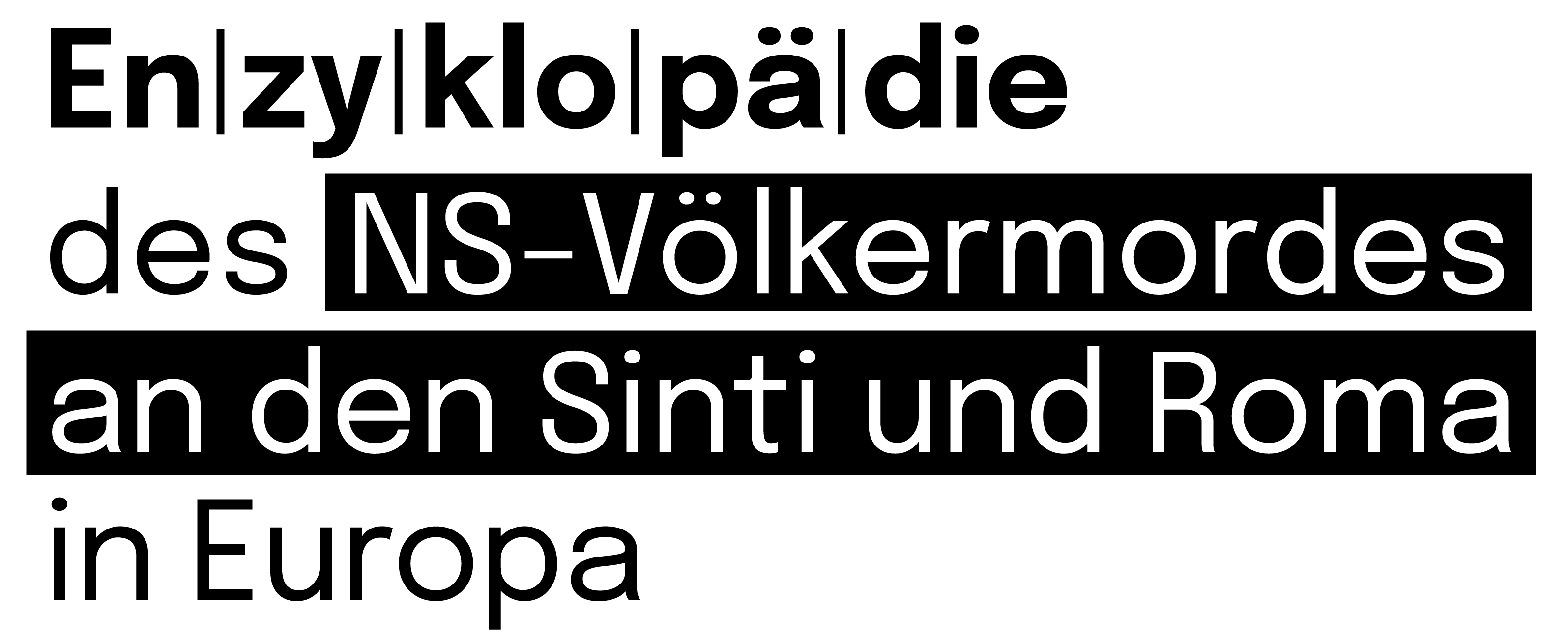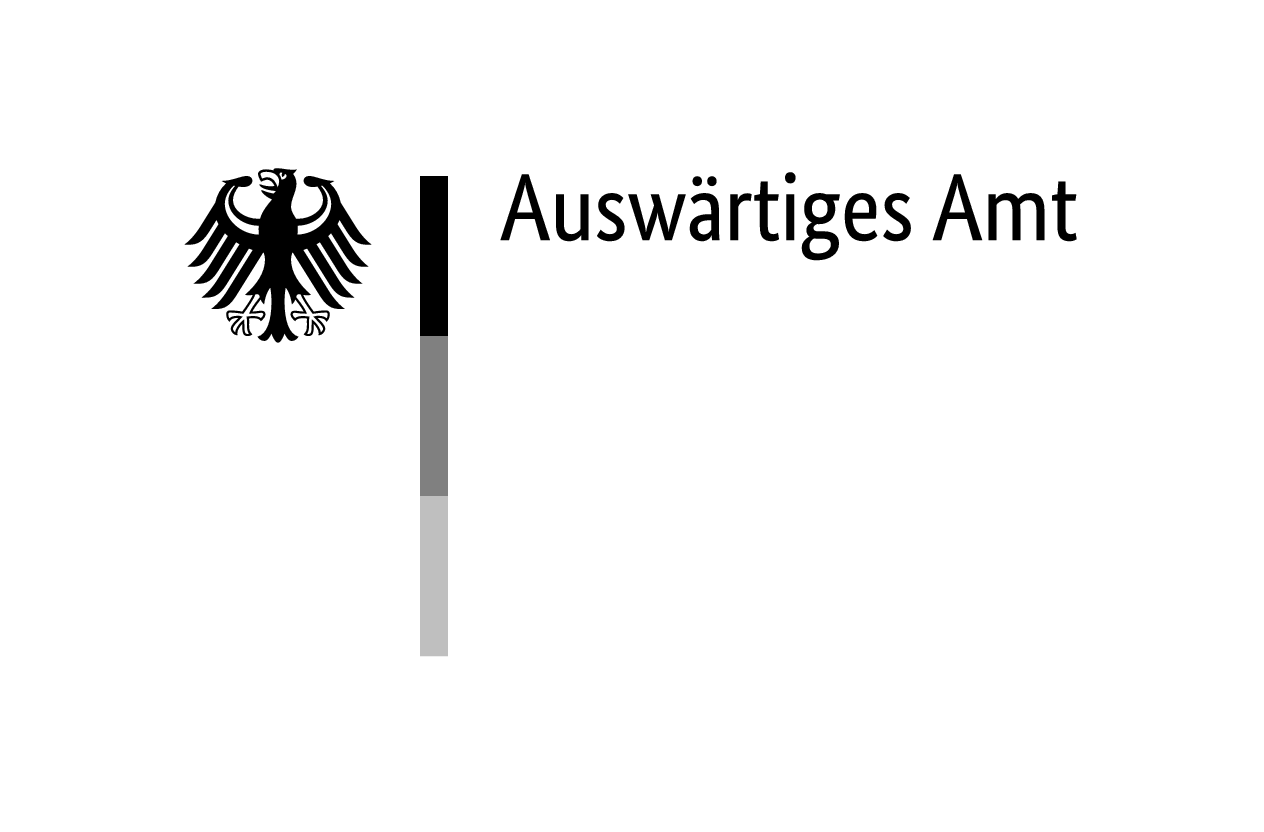The Wehrmacht had captured mainland Estonia by 28 August 1941, and the Estonian islands by 5 December. During that period, Estonia remained under German military command, led by General Franz von Roques (1877–1967), Head of the Army Group North Rear Areas. From December 1941 until the end of German occupation in September 1944, Estonia was governed by a civil administration. Generalbezirk Estland—alongside Latvia, Lithuania, and the western part of Belorussia—became part of the Reich Commissariat Ostland. Commissar General, Karl-Siegmund Litzmann (1893–1945) in Tallinn reported to Hinrich Lohse (1895–1963) in Riga.
Parallel Structures
To govern effectively in spite of a numerically small staff, the German occupation authorities instituted a parallel structure. The Estonian Self-Government, headed by Hjalmar Mäe (1901–1978), took orders from Litzmann and the German civil administration. The same applied to the military and the police force. Sonderkommando 1a of Einsatzgruppe A, led by Dr Martin Sandberger (1911–2010) was converted into the permanent office of the German Security Police (Sipo) in Estonia (Group A), which in its turn supervised the activities of the Estonian Security Police (Group B) under Ain-Ervin Mere (1903–1969). Sandberger meanwhile reported to the Higher SS and Police Leader in the Ostland, Friedrich Jeckeln (1895–1946).
The largest and busiest branch office of the Estonian Security Police, in Tallinn and Harju province, was headed by Ervin Viks (1897–1983) in 1941–42. Subsequently, Viks served as Head of Department B-IV, which was in charge of ‘political offenders’ such as communists, Jews, and Roma. The German Criminal Police under Heinrich Bergmann (1902–1980) had its Estonian counterpart under the leadership of Ernst Hansar (1899–1979). The Estonian branch of the police was about twenty times as large as the German and for all practical purposes carried out the ‘Final Solution to the Jewish/Gypsy Question’ in Estonia, acting on German orders. Jeckeln, Sandberger, Bergmann, Mere, and Viks directly supervised the mass murder of Jews and Roma in German-occupied Estonia.
Murders of the Civilian Population and Prisoners of War
During the three and a half years of German occupation, ca. 31,000 civilians lost their lives in Estonia. The largest victim group, about 15,000, were Soviet prisoners of war, followed by Jews (8,614), ethnic Estonians (5,412), ethnic Russians (1,185), and Roma (787–840).
Victims among ethnic Estonians and Russians were sentenced to death on an individual basis, typically as communists or Soviet officials. Racial ideology undoubtedly contributed also to the disproportionately high death rates among Soviet prisoners of war. The Germans captured over 50,000 Red Army soldiers in Estonia during the military campaign of summer and autumn of 1941. A majority of the deaths among the prisoners of war occurred in the winter of 1941–42, due to typhus epidemics aggravated by malnutrition, hard labour, and harsh living conditions.
Jews and Roma were murdered on racial grounds. The mass murder of Jews proceeded in three stages. All of the few Jews who had not fled Estonia as the Wehrmacht invaded, 963 individuals to be precise, died by bullet in the autumn of 1941. In September and October 1942, transports from Theresienstadt, Frankfurt am Main and Berlin, brought a total of 2,051 Jews to Estonia, 1,754 of whom were instantly murdered. Finally, in late summer and early autumn 1943, the Nazis established a system of forced labour camps for Jews in Estonia. The great majority of Jews came from Lithuania and Latvia. Of these estimated 10,000 deported Jews, 5,572 perished. Three-quarters of Estonian Roma were murdered between late October 1942 and early March 1943.




